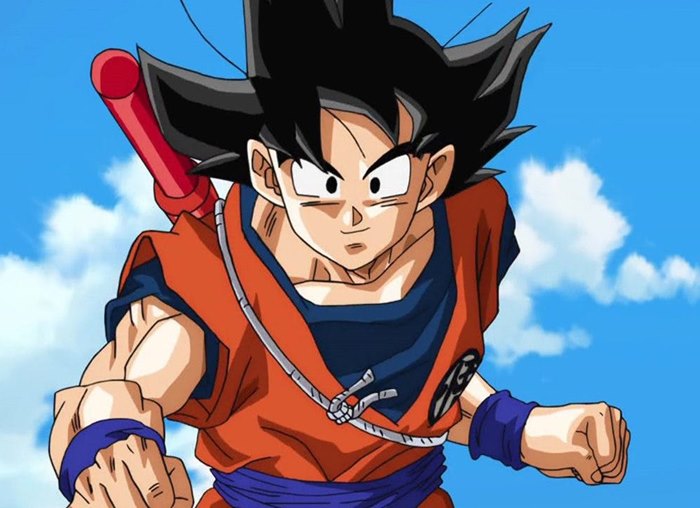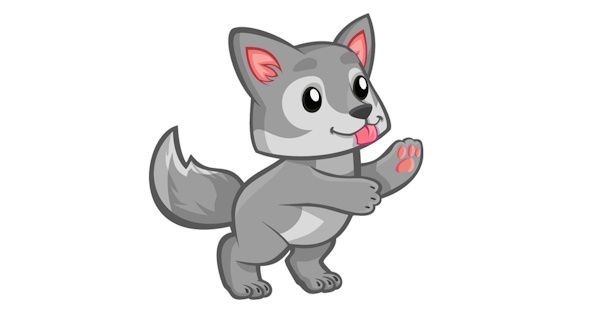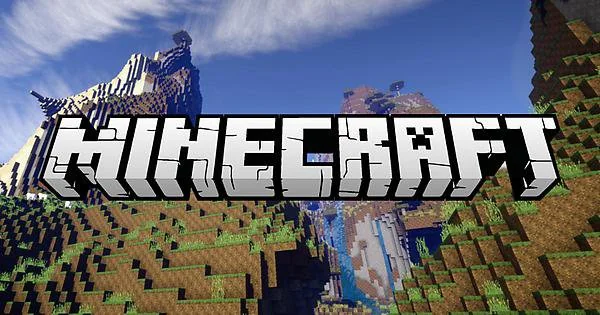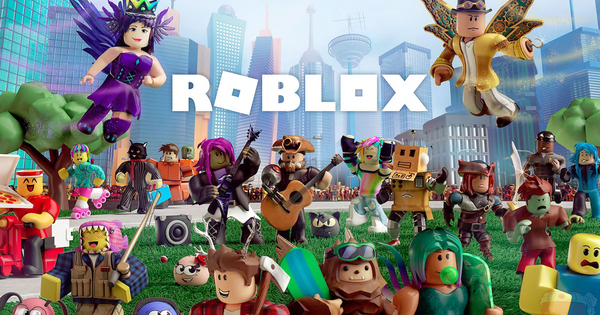
How many anime characters can you name?
🧐 Did you know?
Anime has definitely taken over our screens. Starting from simple beginnings in the 1960s, the art form spread internationally and was quickly embraced by other countries. With its unique graphics, dramatic storylines and great cinematography, it's no surprise that people were so interested in watching these shows.
The anime industry is huge and we have seen countless of series and movies throughout the years. From classics like Dragon Ball to newer shows like Attack on Titan, fans continue to support this ever-growing industry.
Are you a true anime fan? Let's test how many of these anime characters you can name!
📚 History Lesson
The roots of anime can be traced back to the early 1900s, when Japanese filmmakers began experimenting with animation techniques. One of the earliest examples of Japanese animation is a short film called "Katsudō Shashin," which was created around 1907 and features a boy writing the kanji characters for "moving pictures."
However, it wasn't until the 1960s that anime really began to take off as a distinct art form. In 1963, Osamu Tezuka, who is often called the "father of anime," created the groundbreaking series "Astro Boy." This show, which featured a young robot with human emotions, introduced many of the storytelling and visual techniques that would become hallmarks of anime.
Throughout the 1970s and 80s, anime continued to evolve and gain popularity in Japan. Series like "Space Battleship Yamato," "Mobile Suit Gundam," and "Dragon Ball" introduced new genres and themes to the medium, from space opera to mecha to martial arts fantasy.
In the 1990s, anime began to gain a significant following outside of Japan, thanks in part to the rise of home video and the internet. Shows like "Sailor Moon," "Pokémon," and "Neon Genesis Evangelion" became global phenomena, introducing a new generation of fans to the world of anime.
Today, anime is a massive industry, with countless series and films being produced each year. It has also had a major impact on popular culture, influencing everything from fashion to music to video games.
One of the things that makes anime so unique is its wide range of genres and styles. From action-packed shonen series to heartwarming slice-of-life stories to mind-bending psychological thrillers, there's an anime out there for just about every taste and interest.
Another key aspect of anime is its distinctive visual style, which often features large, expressive eyes, colorful hair, and exaggerated facial expressions and body language. This style has become instantly recognizable around the world and has inspired countless imitations and homages.
Anime has also tackled a wide range of serious and thought-provoking themes over the years, from the horrors of war to the nature of identity to the meaning of life itself. Series like "Ghost in the Shell," "Death Note," and "Attack on Titan" have pushed the boundaries of what anime can do as a storytelling medium.
As anime continues to evolve and grow in popularity, it's clear that this unique art form has left an indelible mark on the world of entertainment and beyond. Whether you're a die-hard fan or a curious newcomer, the history of anime is a fascinating journey through creativity, innovation, and the enduring power of storytelling.
🤔 Interesting Fact
Did you know that the word "anime" is actually an abbreviation of the English word "animation"? That's right – the term that has come to define an entire art form and cultural phenomenon has its roots in the English language!
In Japan, the word "anime" is used to refer to all animated works, regardless of their origin or style. However, outside of Japan, the term has come to be associated specifically with Japanese animation, which has its own distinct visual and storytelling conventions.
The use of the word "anime" as a shortened form of "animation" can be traced back to the early 1900s, when Japanese filmmakers first began experimenting with the medium. At the time, the word "animation" was written in katakana, a Japanese writing system used for foreign words, as "アニメーション" (animēshon).
Over time, this word was shortened to just "アニメ" (anime), which was easier to say and write. By the 1970s, the term had become widely used in Japan to refer to all animated works, both foreign and domestic.
As Japanese animation began to gain popularity outside of Japan in the 1980s and 90s, the term "anime" also started to be used by international fans to refer specifically to Japanese animated works. Today, the word is recognized and used by fans and creators all around the world to celebrate this unique and beloved art form.
So, the next time you sit down to watch your favorite anime series or movie, remember that the very word you use to describe it has a fascinating history that spans cultures and continents!
The evolution of the word "anime" is just one example of how language and culture can intersect and influence each other in surprising ways. It's a reminder of the power of words to shape our understanding and appreciation of art, and of the enduring impact that Japanese animation has had on the world.



